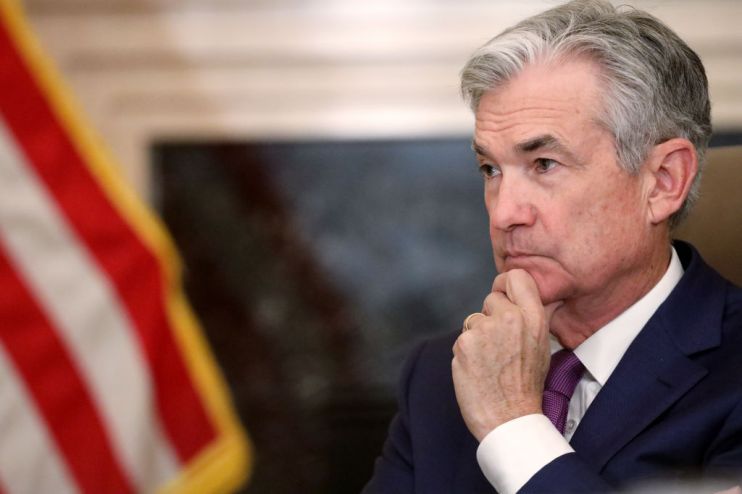US Fed surprises with 6.5 per cent growth prediction and leaves interest rates on hold

The Federal Reserve has projected a higher than expected jump in US economic growth this year, but repeated its pledge to keep its target interest rate near zero for years to come.
The US central bank now sees the economy growing 6.5 per cent this year, and the unemployment rate falling to 4.5 per cent by year’s end, compared to growth of 4.5 per cent and unemployment of 5 per cent projected at its December policy meeting.
The pace of price increases is now expected to exceed the Fed’s 2 per cent target for the year, hitting 2.4 per cent by year’s before falling back in 2022.
“Indicators of economic activity and employment have turned up,” the policy-setting Federal Open Market Committee said in a statement that kept the benchmark overnight interest rate in a target range of zero to 0.25 per cent.
The improvement in the Fed’s economic outlook did not immediately alter policymakers’ expectations for interest rates, though the weight of opinion did shift. Seven of 18 officials now expect to raise rates in 2023, compared to five in December.
Four officials now feel rates may need to rise as soon as next year, a change from zero as of the last projections in December.
Following the Fed’s statement, the Dow Jones Industrial Average was up 0.54 per cent at 33,003.97 points, while the S&P 500 rose 0.25 per cent to 3,972.80.
The Nasdaq Composite increased 0.36 per cent to 3,520.35.
The quarterly projections issued today were the central bank’s first since December, and incorporate developments including the rollout of coronavirus vaccines and the approval of two federal spending bills totalling about $2.8trn.
Richard Flynn, UK managing director at Charles Schwab, said the decision to maintain interest rates did not come as a surprise.
“However, while the Fed continues to indicate it is planning to keep short-term rates near zero for an extended time period, the market is starting to price in the likelihood that a rate hike will be coming sooner,” he continued.
“The Fed’s projections for the interest rate point to no change in policy for two years—until 2023. Short-term interest rates tend to reflect expectations for the path of the federal funds rate and usually don’t diverge that much from the Fed’s estimates.
“Despite this, even two-year yields have crept up a bit. More importantly, intermediate-term yields have moved up sharply. The move suggests that the market is pricing in the risk that the Federal Reserve will be hiking rates sooner, and perhaps by more than indicated by the Fed’s projections.”